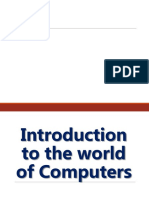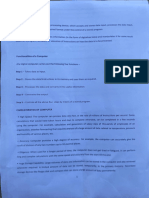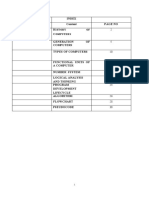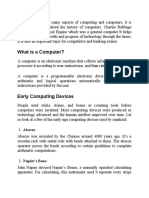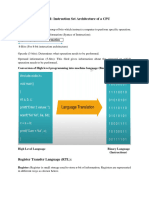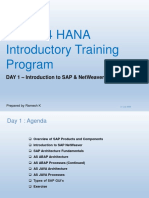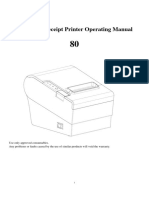0% found this document useful (0 votes)
28 views23 pagesEvolution of Computer
The document outlines the evolution of computers, starting from ancient calculating devices like the abacus to modern supercomputers utilizing artificial intelligence. It highlights key inventions and figures in computing history, such as Charles Babbage, known as the 'Father of Computers', and the progression through five generations of computers. Additionally, it categorizes different types of computers, including supercomputers, mainframes, mini computers, and microcomputers.
Uploaded by
roydebadrita168Copyright
© © All Rights Reserved
We take content rights seriously. If you suspect this is your content, claim it here.
Available Formats
Download as PDF, TXT or read online on Scribd
0% found this document useful (0 votes)
28 views23 pagesEvolution of Computer
The document outlines the evolution of computers, starting from ancient calculating devices like the abacus to modern supercomputers utilizing artificial intelligence. It highlights key inventions and figures in computing history, such as Charles Babbage, known as the 'Father of Computers', and the progression through five generations of computers. Additionally, it categorizes different types of computers, including supercomputers, mainframes, mini computers, and microcomputers.
Uploaded by
roydebadrita168Copyright
© © All Rights Reserved
We take content rights seriously. If you suspect this is your content, claim it here.
Available Formats
Download as PDF, TXT or read online on Scribd
/ 23



